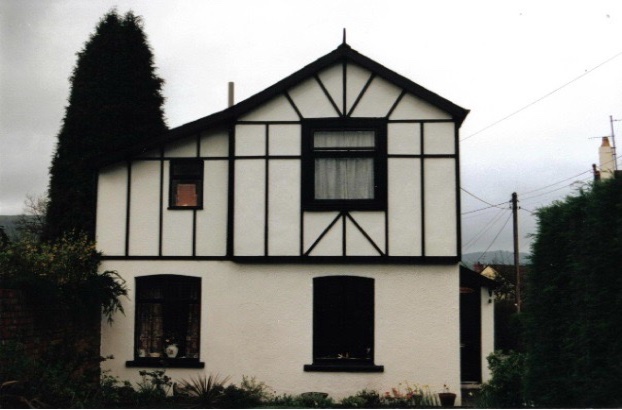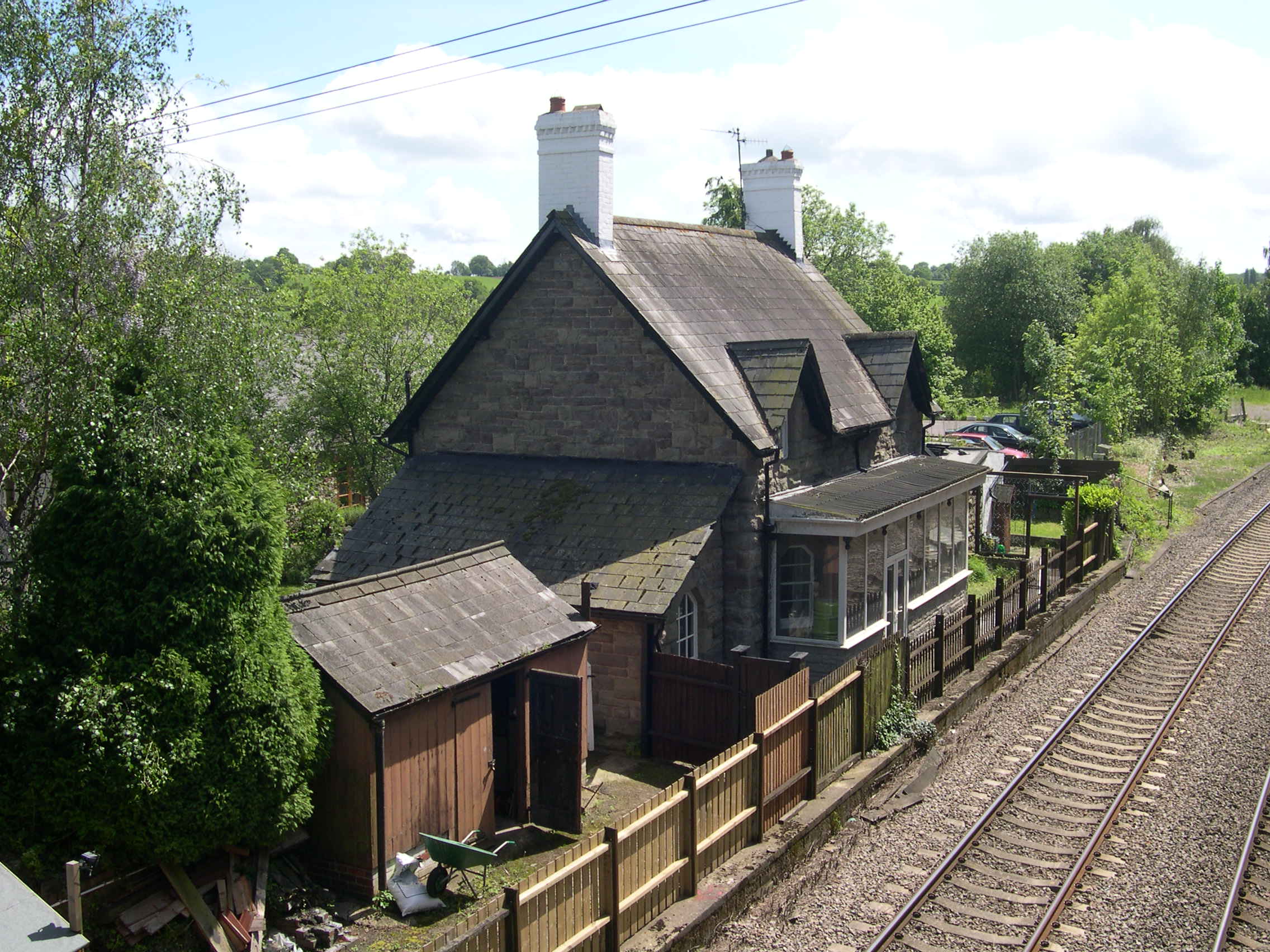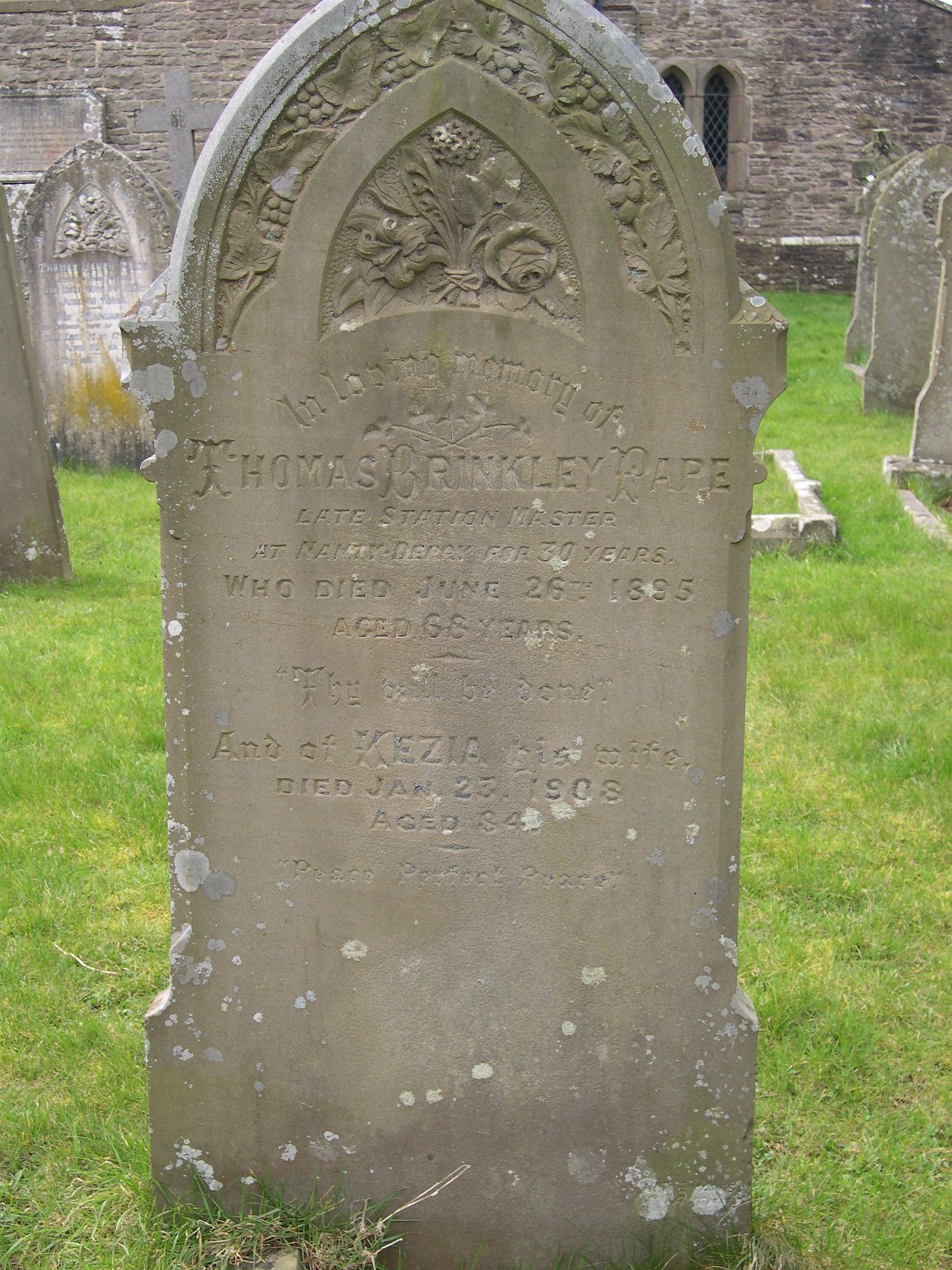Black Beech – 810 on the 1841 tithe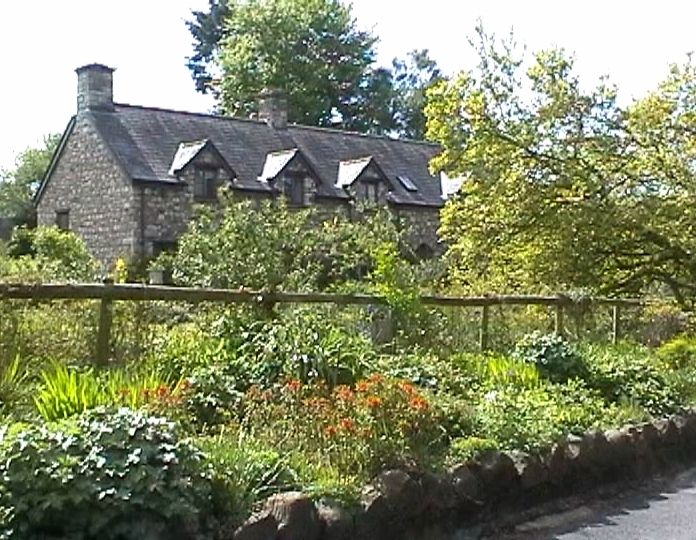
On the tithe of 1841 Black Beech contained 29 acres 0 rood and 23 perches and an additional 7 acres 0 rood and 17 perches. The owner was Sir Joseph Bailey, he was paying £3 12s plus 5s 5d to the rector.
On the census of 1841 John Williams is the occupier, he is a 60 year old farmer, his wife Eleanor is 55, living with them are Thomas 25, Elinor 20, Abraham 20, Charlotte 15, Roger 15, Isaac 7, Elinor 4 and two year old Isaac.
By 1861 John Williams had died as Elinor says she is a 66 year old widow ( I cannot find a burial for John) farming 26 acres and came from Breconshire. Living with her are her grandchildren Isaac 17 and John 13. She also has two farm servants, John Watts, 40 and John Jenkins 25.
In 1852 Elinor is registered as holding farm and lands of 39 acres 0 rood and 23 perches her name appears on the vicar’s tithe account for1855.
An advert is placed in the Usk Observor on the 14th March 1857 by Abraham, the son of John and Elinor Williams for the sale of farming stock and household furniture as the family are quitting Black Beech.
The new tenant of Black Beech in 1859 is Thomas Roberts. On the 1861 census Thomas is a 33 years old, farming 32 acres, he was born in Llangattock. His wife Jane is 38, the children mentioned are Alice and Thomas, both aged 1..
By 1865 several things had happened to the Roberts family, Jane, Thomas’s wife had died although I cannot find a burial for her and Thomas had changed his occupation, he is now a publican at the Royal Oak, Goytre. (Thomas Roberts, widow, public house keeper, married Martha Neate, July 1867.)
The electoral register of 1866 says Sir Joseph Bailey of Glenusk Park is still holding Black Beech, a freehold house and land.
I am unable to ascertain who is living at Black Beech on the census of 1871, but it appears John Williams of Penwern is leasing the property and subletting it as he says in the Free Press of 1873 that his tenant (of Black Beech) wants to leave due to the interference from the vicar. This is the date of the notorious case of “The Vicar and the Well.” Mr Mathews, farmer of Penpellenny closed up the Black Well the same year.
On the census of 1881 William Bevan and Elizabeth his wife are living at Black Beech, William is 48, an agricultural labourer born in Trevethin, Elizabeth is 56, born in Glascoed.
The tithe map was updated in 1888, we now have William Rees the new occupier. William was born in Raglan in 1822, the son of Leonard and Ann, nee Jones. William married Mary Turner at St Peter’s Goytre on the 15th February 1847. Their children are William Leonard, Thomas, Mary Jane, Temperance and Catherine, on the census of 1891 at Black Beech are William 67 a farmer, Mary his wife 73, Mary Jane 35, Temperance 33 and Catherine 30.
Temperance married Francis Nobes, she died in 1926 in Poole.
Mary Jane remained unmarried, she died in Usk in 1908 and was laid to rest in St Peter’s Churchyard.
William Leonard Rees married Sarah Ann Howells in Goytre Church, they lived at 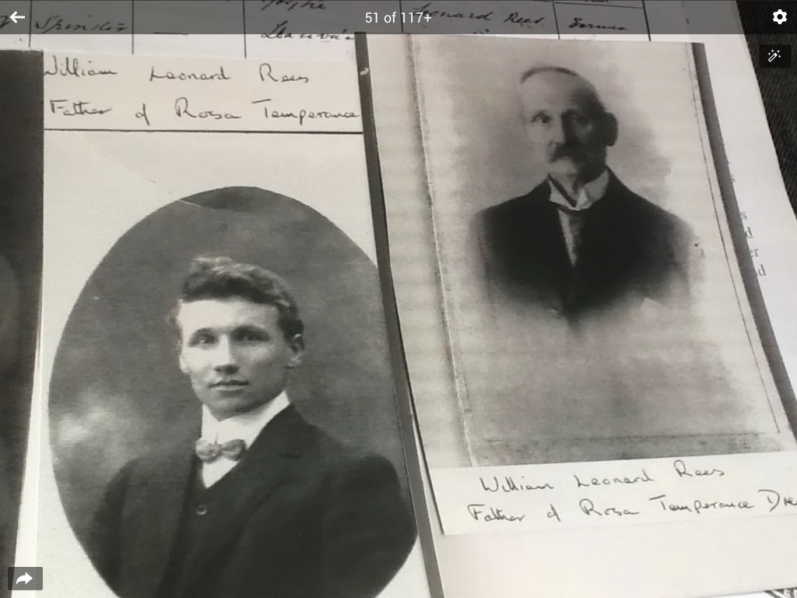 Penpederhewl, according to an ancestor he emigrated to America, but no date is given.
Penpederhewl, according to an ancestor he emigrated to America, but no date is given.
Thomas married Sarah Ann Howells in Goytre Church, he lived and farmed the Walnut Tree in Goytre. Thomas died in 1902 aged 50, he is also buried at St Peter.
William Rees was fined in £3 10s in 1888 for non-payment of the poor rate. Mary, William’s wife died in May 1891 aged 76, William died in March 1900 aged 75, they are both buried in St Peter’s churchyard.
Another death in January 1902 at Black Beech is Alfred Lewis, Alfred was only 31 years old, the eldest son of William and Elizabeth, late of the Lan, Goytre.
Thomas Rees, (son of William, living at Walnut Tree) held a sale at Black Beech of farming stock and implements on 17th November 1905.
By 1910 Black Beech had changed ownership, it now belonged to the Rev Charles Cook of Mamhilad it had a gross value of £8 and a rateable value of £7, for a holding of 28 acres.
The new occupier in 1911 is James Parry from Mamhilad, James is 42, his wife Emily (nee Arnold) is 38, they had been married for 17 years, had eight children, seven of which had survived. Laura 16, Bertha 14, Gus 12, Susan 11, Elizabeth 9, Emily 7, Elsie 4, all being born in Glascoed.
The Parry family did not stay long at Black Beech, by 1914 they had moved to farm at Glascoed, where James died in 1957.
The poor rate was paid by the Rev. C Cook 1914.
In March 1906 Christopher Cook of Mamhilad, a 38 year old farmer married Gertrude Davies, 29, the daughter of Aaron Davies, a gardener, at Llanvihangel Pontymoile Church, they made their home at Black Beech where they had two sons, Philip and Charles.
On the 18th December 1921 Christopher Cook, 53, of Black Beech, husband of Gertrude was laid to rest at St Peter’s church, Goytre. Christopher was the son of Christopher Cook, clergyman of Mamhilad.
Gertrude remained at Black Beech, the Electoral Register shows Philip living with her in 1938, by 1948 Gertrude, Charles and Philip were all residing there.
Gertrude died in 1957, the Cook family remained at Black Beech for many more years.
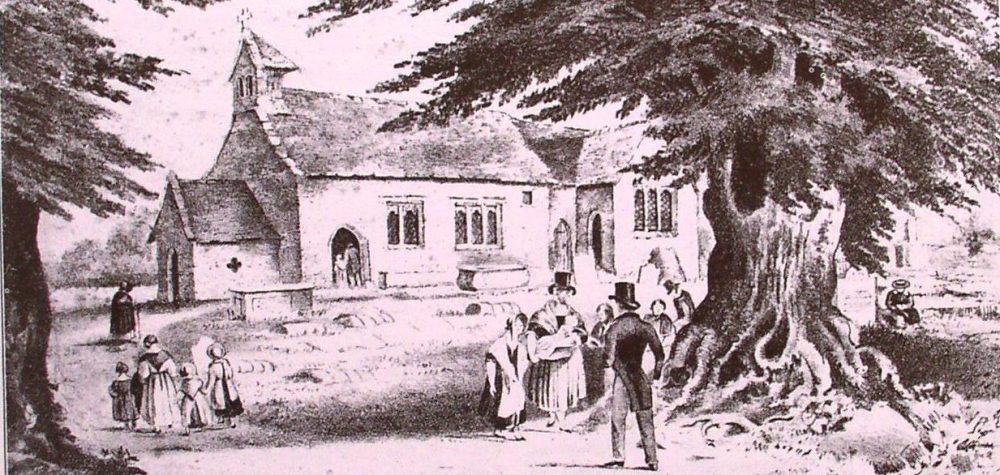

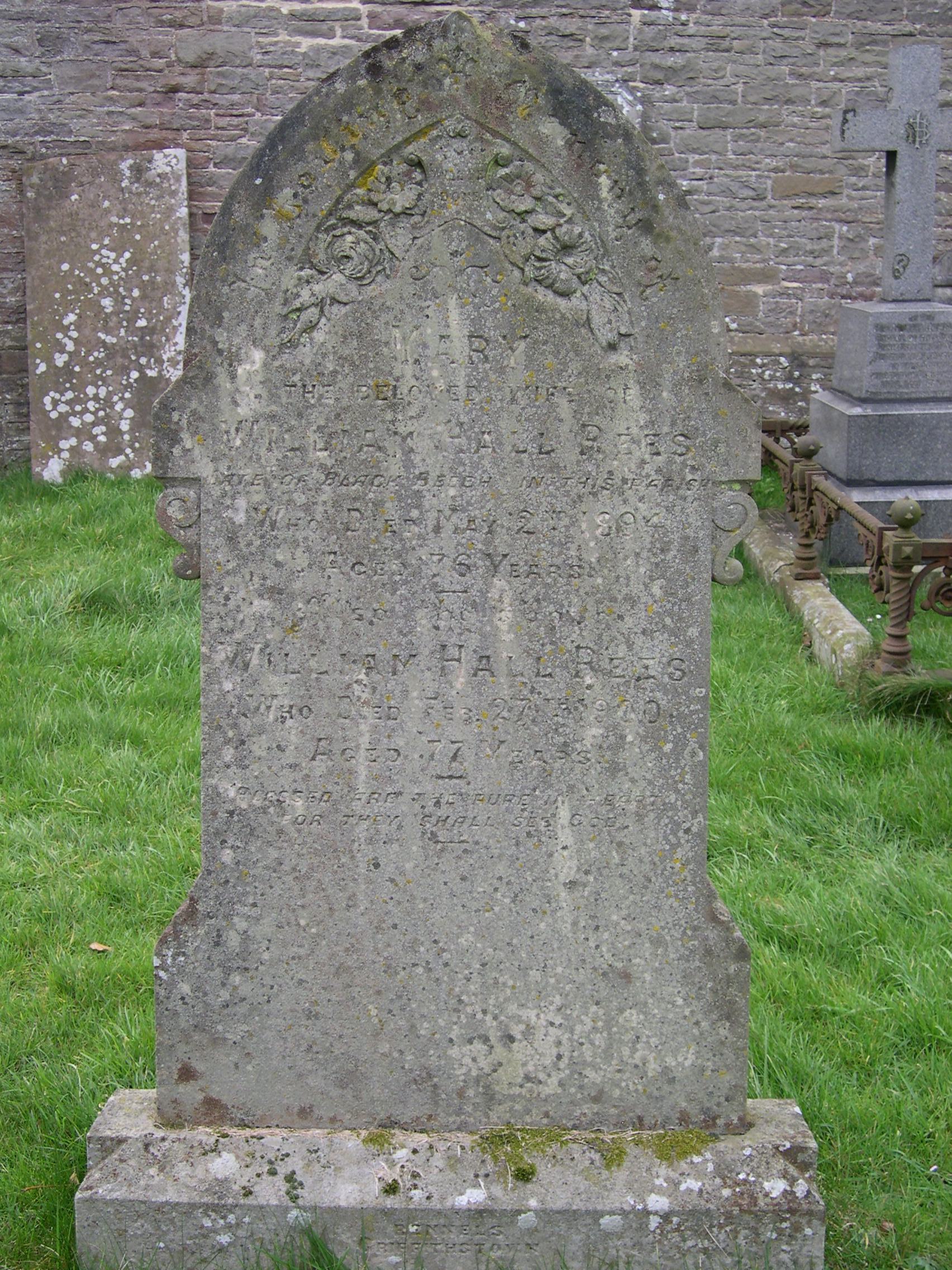
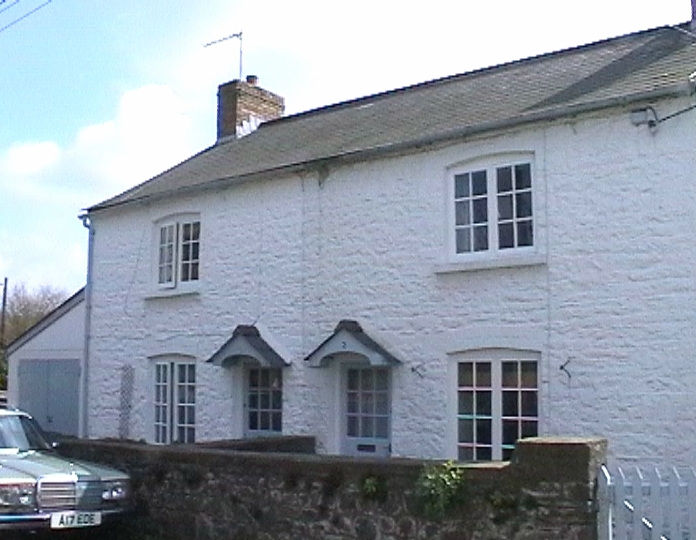


 Penpederhewl, according to an ancestor he emigrated to America, but no date is given.
Penpederhewl, according to an ancestor he emigrated to America, but no date is given.